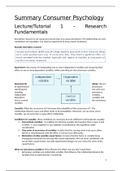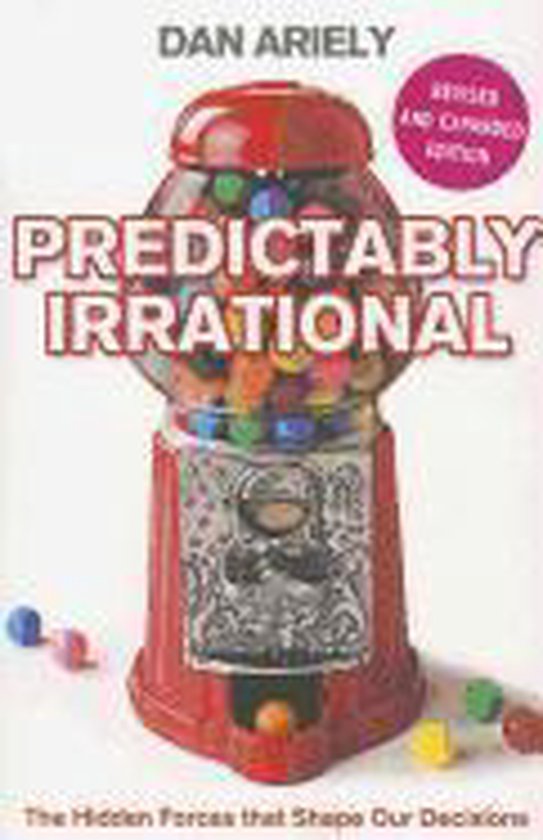Samenvatting
Extended Summary Consumer Psychology Course including lectures, articles and tutorial notes
For my master Strategic Marketing at Maastricht University I created an extended summary of the course Consumer Psychology including all lectures; a guest lecture; chapters and articles we had to read for tutorials and lectures; as well as my tutorial notes. This summary provides a nice overview of...
[Meer zien]






